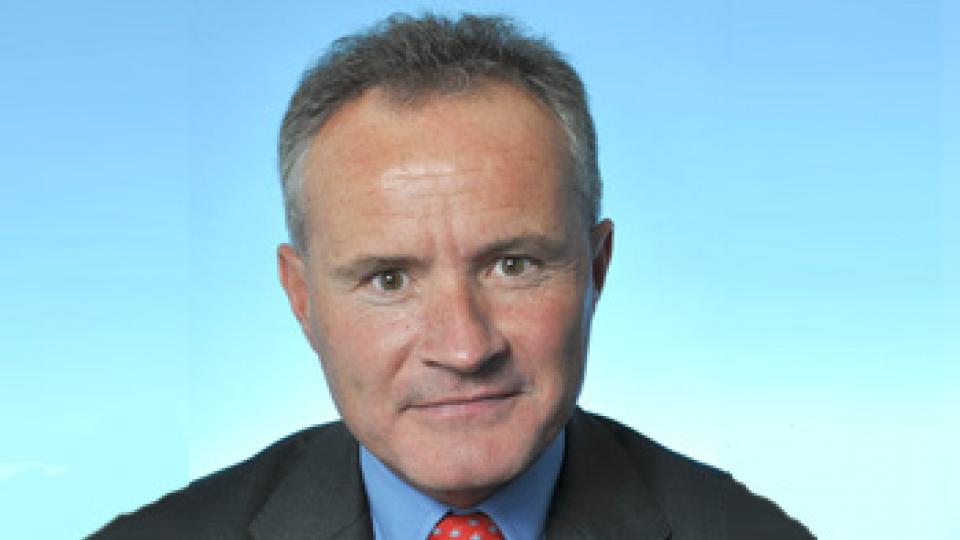
Head of European Equities, John Bennett, reveals how investors can navigate the evolving state of the Eurozone.
The members of the euro from the outset have been a 'pick 'n' mix' assortment of divergent economies. The relatively stronger countries such as Germany, France and the Netherlands, which would come to be classed as the 'core' countries had competitive strengths in exports. The less wealthy countries such as Spain, Portugal, Greece and Ireland, which would come to be known as the 'periphery', benefited from economic convergence as the euro's launch helped bring down financing costs and created the conditions for a consumer boom. For a while a powerful symbiotic relationship developed in which the periphery borrowed to consume the core's output, creating a period of prosperity and masking growing structural imbalances. However, this progress was thwarted by the arrival of the 2008-09 financial crisis. Ultimately, Greece, Portugal and Ireland had to be bailed out and forced to sort out their public finances, deleverage the private sector and rush out structural reforms.An evolving crisis
In the fourth quarter of 2012, the euro area recession deepened, dragged down by France and Italy and even the mighty economic 'powerhouse' of Germany. Over the same period, German manufacturing output shrank at its fastest pace since 2009 and as for France, politically it is in the 'core' but economically belongs more in the periphery. Its debt to GDP ratio is over 90 per cent and French industry is losing global competitiveness owing to rising labour costs, while a raft of tax increases imposed by President Hollande is adding to France's woes. Meanwhile, Italy's core/periphery status is under debate. It is the third largest economy in the region, yet output remains below 2007 pre-crisis levels, the socio-economic divide between the North and the South remains and the outcome of the recent general election confirms it is a deeply fragmented country.
Core vs peripheral no more?
However, a glimmer of optimism is in the air. There are signs that the core-periphery rebalancing process is back on track. The current account deficit in the periphery fell from 6.7 per cent of GDP in 2008 to 1.7 per cent in 2012 according to European Commission (EC) forecasts, driven by improvements in price competitiveness in the periphery and greater diversification of exports. Looking at financing costs for the periphery, 10-year government bond yields have fallen significantly from the unsustainable levels of last year, while yields for core countries such as France and Germany have risen.

Spanish 'viva' returning?
In a recent economic forecast, the EC has said it expects Spanish GDP to bottom out towards the end of the year. In order to stimulate its economy Spain made very painful decisions in terms of widely opposed austerity measures and structural reforms but this appears to be bearing fruit – Spain's current account surplus has been growing and foreign investment is returning. The government reported a budget deficit of under 7.0 per cent for 2012, a marked improvement from 2011 at 9.4 per cent. Spanish banks' retail and corporate deposits have been increasing, which should mean the reliance on ECB facilities should fall. In February, Prime Minister Mariano Rajoy pledged a second round of reforms including VAT reductions, as well as assistance for start-up companies and the self-employed.
The Irish patient is on the mend
Ireland's prospects are also looking brighter. The country's current account has also returned to surplus and Ireland has begun a gradual return to the capital markets, enabling it to move towards an exit from its EU/IMF bailout. This has led Citi Research to make an about-turn on its view on Ireland; they no longer expect it to underperform this year as the country's fiscal prospects appear to be improving, given positive GDP growth over the second and third quarters of last year and the flexibility shown by its creditors to restructure its debt.
